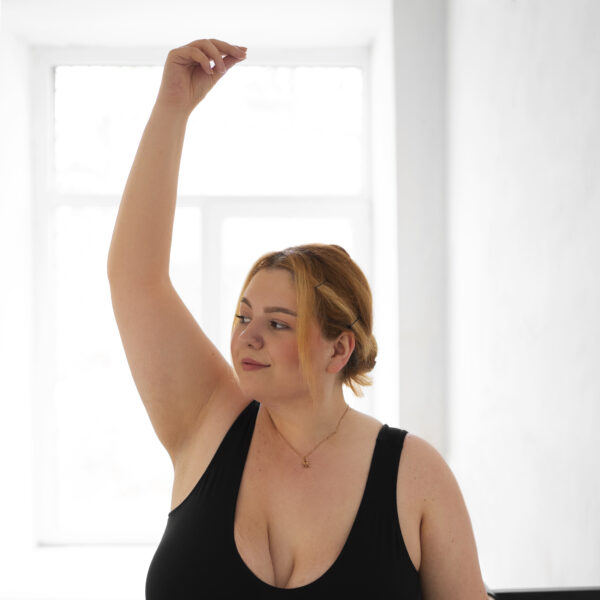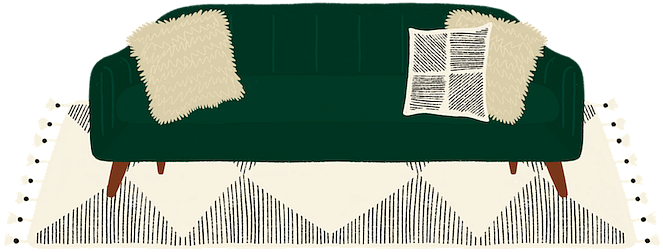Burnout is a hot-button word. But many people ask, “what is burnout?” Many of us are not even clear on the definition of it, let alone how to cope with it. This blog post will break it all down.
What is Burnout Exactly?
Herbert Freudenberger defined burnout in 1974. He defined it as a “state of mental and physical exhaustion caused by one’s professional life.” His research was groundbreaking in discovering that work can significantly cause stress. In 2023, that statement makes most of us go, “Duh.” This no longer exists in the workplace, as it can be relevant in many facets of our lives.
Relationships, friendships, wedding planning- all of these things can cause chronic stress that can end in burnout. Societal constraints keep us trapped in this never-ending cycle of stress. We now understand that stress is a chronic condition and that burnout results from said stress becoming way too much.

So, what is burnout?
When stressed, we have elevated cortisol and adrenaline.
The adrenaline causes rapid heart rate and heightens your blood pressure, while cortisol puts you into fight or flight by boosting your anxious energy. When the body constantly feels this way, it can become “too much,” which results in the three main components of burnout as defined by Dr. Christina Maslach. The Maslach Burnout Inventory defined the phenomenon in 3 parts: emotional exhaustion, depersonalization, and reduced personal accomplishment. For some, specific components may be more prominent than others. For example, a stressed-out kindergarten teacher with too many kids in their classroom and a never-ending pile of paperwork may feel super connected to their students but feel like they “can’t do anything right.”
Due to this phenomenon, it has been discovered that we must focus on reducing stress than eliminating our burnout. Due to the elevated cortisol levels and adrenaline pumping through our veins, research has shown that we need to end the stress cycle when it occurs. It’s the difference between letting out that loud sneeze and holding it in. We need to finish it when it starts to take the pressure off.
Here are some concrete ways to help with burnout:
1. Physical Movement: Doing some Movement can be beneficial in ending the stress cycle because it helps our bodies replicate the “flight” response and tires us out, reducing our adrenaline.
2. Deep Breathing: A breath is another excellent way to help regulate the nervous system. For example, try a square breath: in for four, hold for four, out for four, and hold for four.
3. Crying: Honestly, this one is just as helpful! Crying reduces cortisol and can lessen our stress.
It is important to remember that stress is chronic and cannot be resolved with simple steps. It is essential to work to identify the root of the pressure with a therapist to eliminate the struggle.
Becca specializes in anxiety, depression, adolescents, OCD, and LGBTQ+ mental health. To learn more about Becca, read her bio here.





Leave a Reply